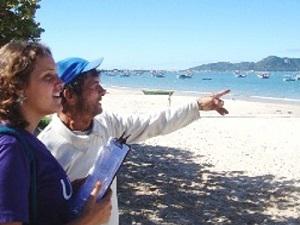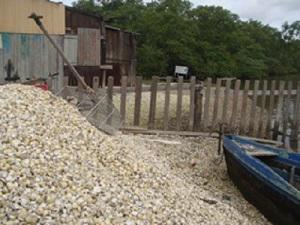Rubana Palhares Alves
This project aims to understand the relationships between the local people and Federal Coastal Marine Protected Areas in Santa Catarina, Brazil from the perspective of local people.

Protected areas are one of the main instruments for biodiversity conservation. However, the creation and management of these areas often ignores the existence of traditional people, which may relate differently with nature. In Brazil, the majority of protected areas are classified in two types: Full Protection, which aims to preserve nature, admitting only the indirect use of its natural resources; and Sustainable Use, which aims to reconcile nature conservation with sustainable use of part of its natural resources. We already know a lot of reasons to conserve nature however it is necessary to discuss how to do this.

Understanding the relationships between local human populations and protected areas is essential in order to propose more efficient strategies for biodiversity conservation and to improve human quality of life. Most studies on this subject usually consider only the managers’ perspective. It is important to carry out studies that capture the local peoples’ perspective and also allow the understanding of the process at a large scale, as well as making comparisons between different populations within their socio-political contexts. Thus, we intend to study the relationships between local people and Federal Marine Costal Protected Areas, concerning the perspective of local populations. Five Federal Coastal Marine Protected Areas will be studied.
Our goals are to:
1) investigate local people that live in and around protected areas;
2) create relationship indicators between protected areas and local populations, embodying the perspective of local populations;
3) evaluate constructed indicators;
4) contrast relationships between protected areas and local populations, considering: different existing populations (eg. fishermen, farmers, artisans) and different categories of protected areas (Full Protection and Sustainable Use).